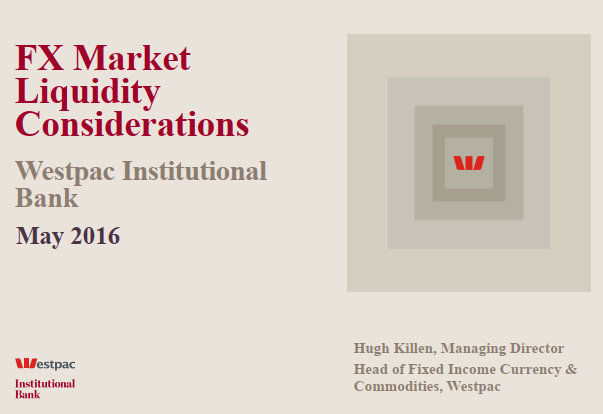FX Market liquidity considerations [PDF] explores the key elements that shape liquidity in the global FX landscape, from customer behavior and costs to the role of banks, non-bank providers, and electronic communication networks (ECNs).
Introduction
Liquidity is one of the most critical factors that determine the efficiency and fairness of the foreign exchange market. This FX Market liquidity considerations PDF explores the key elements that shape liquidity in the global FX landscape, from customer behavior and costs to the role of banks, non-bank providers, and electronic communication networks (ECNs). With forex being the largest and most liquid market in the world, understanding how liquidity is created, maintained, and disrupted is essential for both institutions and individual traders.
Inside, you’ll learn how factors such as time zones, volatility, and trading technology influence liquidity availability and pricing. The guide also examines case studies on depth-of-book spreads, regulatory impacts, and how shifts in market structure affect transparency and execution quality. By diving into these insights, readers can better understand why liquidity sometimes disappears during periods of stress and how to navigate those conditions.
What makes this FX Market liquidity considerations PDF especially valuable is its comprehensive perspective. Rather than focusing only on theory, it connects regulatory changes, cost structures, and practical execution challenges into a clear framework. Whether you are a market participant, analyst, or student of finance, this resource will give you a deeper understanding of liquidity—the backbone of the forex market.
Excerpts
FX Market Liquidity: Discussion
• A robust, fair, liquid, open and appropriately transparent foreign exchange market is very much in the
interest of all market participants and these are key outcomes that have helped shaped the Global FX
Code.
• Liquidity is a key consideration here. Foreign exchange markets have undergone significant change in
recent years driven by regulation, technology and changes in market structure. The impact that these
changes have had on liquidity may not be fully understood.
• The purpose of this presentation is to frame a discussion around liquidity, and in doing so explore the
following questions:
I. Do the structural changes in FX market liquidity need to be more widely understood and
communicated by all market participants?
II. Are the changes beneficial to the market?
III. Is liquidity appropriate, transparent, sustainable and available?
IV. What are the future trends that may impact liquidity?
What are the factors to consider when looking at liquidity?
• What drives the available market liquidity?
• Is market liquidity a measure of risk management capability?
• Is liquidity the same for human execution as opposed to electronic execution?
• Does it matter?
• How does the increase of trade in currencies like CNH or emerging market currencies
affect overall FX liquidity?
• Is continuous linked settlement (CLS) a factor?
Contents
I. What are the factors to consider when
looking at liquidity?
a. Customer
b. Cost
c. Bank
d. Non-bank
e. ECN
f. Time
g. Quality of liquidity considerations
h. OTC market
II. Case study: Depth of book spreads versus
volatility
III. Does the regulatory agenda impact?
IV.Other considerations
